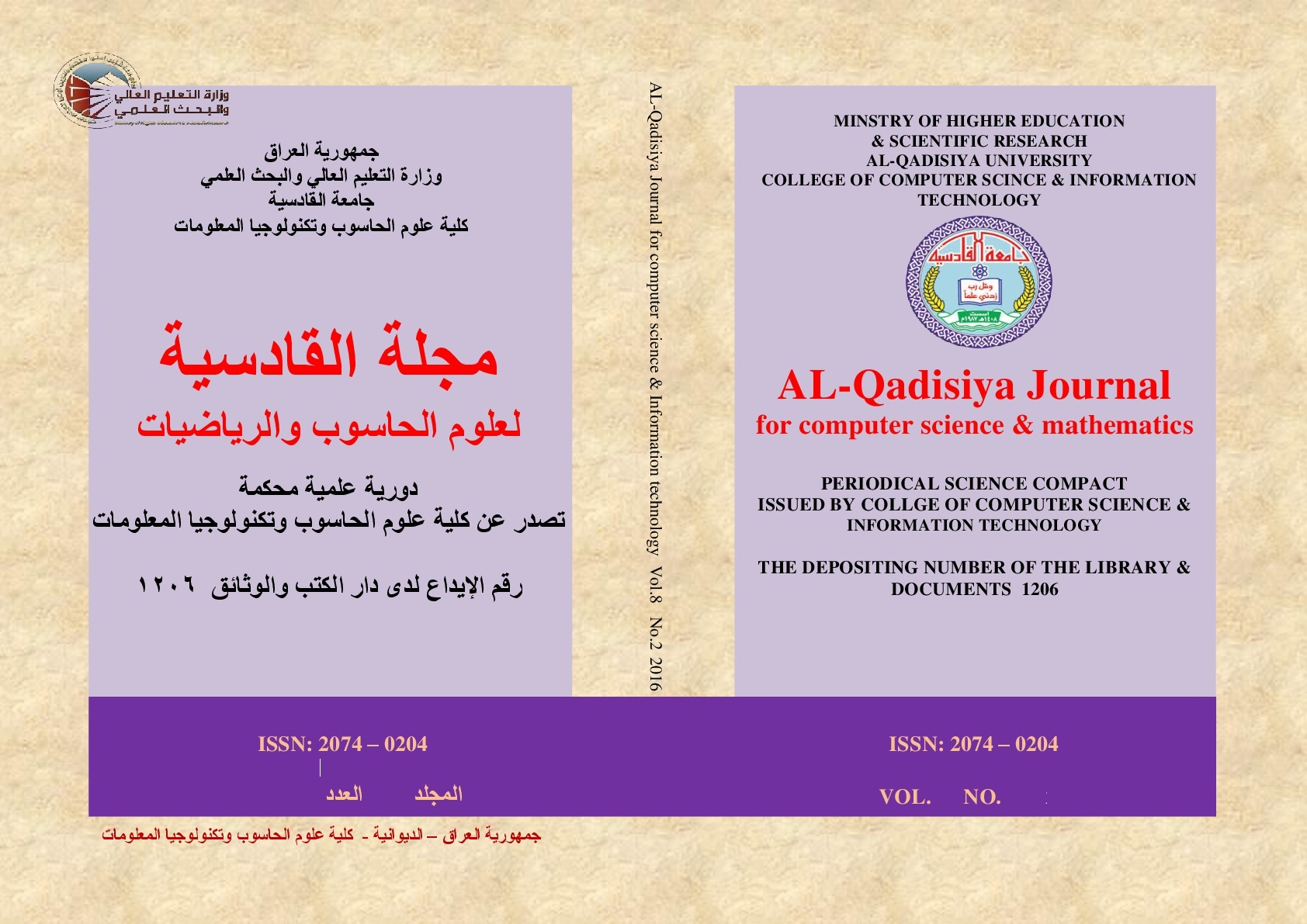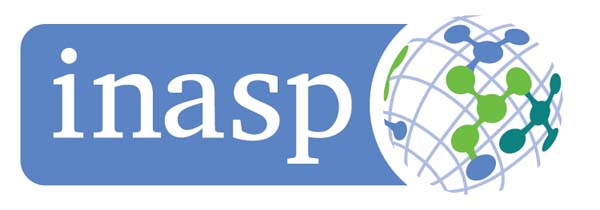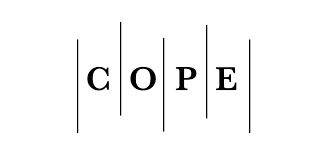Technology Acceptance in Higher Education: Google Apps through the Lens of the Theory of Planned Behavior
DOI:
https://doi.org/10.29304/jqcsm.2024.16.31877Keywords:
Technology Acceptance, Higher Education, Google Apps, Theory of Planned Behavior (TPB), Digital Tools in EducationAbstract
This paper examines the acceptance of Google Apps in higher education through the lens of the Theory of Planned Behavior (TPB). It explores the relationship between attitudes, subjective norms, perceived behavioral control, and the intention to use Google Apps among university professors. The study reviews previous research on the factors influencing the adoption of Google Apps and TPB's application in educational settings. The findings provide insights into enhancing the integration of digital tools in educational environments.
Downloads
References
W. M. Al-Rahmi, N. Yahaya, M. M. Alamri, I. Y. Alyoussef, A. M. Al-Rahmi, and Y. B. Kamin, “Integrating innovation diffusion theory with technology acceptance model: Supporting students’ attitude towards using a massive open online courses (MOOCs) systems,” Interactive Learning Environments, vol. 29, no. 8, pp. 1380–1392, 2021.
S. Min, K. K. F. So, and M. Jeong, “Consumer adoption of the Uber mobile application: Insights from diffusion of innovation theory and technology acceptance model,” in Future of tourism marketing, Routledge, 2021, pp. 2–15.
H. E. Fitzgerald, B. Karen, S. T. Sonka, A. Furco, and L. Swanson, “The centrality of engagement in higher education,” in Building the field of higher education engagement, Routledge, 2020, pp. 201–219.
C. Kappo-Abidemi and K. K. Ogujiuba, “Higher education institutions and corporate social responsibility: triple bottomline as a conceptual framework for community development.,” Entrepreneurship and Sustainability Issues, 2020.
M. P. Kan and L. R. Fabrigar, “Theory of planned behavior,” in Encyclopedia of personality and individual differences, Springer, 2020, pp. 5476–5483.
M. Soliman, “Extending the theory of planned behavior to predict tourism destination revisit intention,” International Journal of Hospitality & Tourism Administration, vol. 22, no. 5, pp. 524–549, 2021.
M. S. Hagger, M. W.-L. Cheung, I. Ajzen, and K. Hamilton, “Perceived behavioral control moderating effects in the theory of planned behavior: A meta-analysis.,” Health Psychology, vol. 41, no. 2, p. 155, 2022.
K. V. Elumalai et al., “Factors affecting the quality of e-learning during the COVID-19 pandemic from the perspective of higher education students,” COVID-19 and Education: Learning and Teaching in a Pandemic-Constrained Environment, vol. 189, no. 3, p. 169, 2021.
Q. Al-Maatouk, M. S. Othman, A. Aldraiweesh, U. Alturki, W. M. Al-Rahmi, and A. A. Aljeraiwi, “Task-technology fit and technology acceptance model application to structure and evaluate the adoption of social media in academia,” Ieee Access, vol. 8, pp. 78427–78440, 2020.
M. S. Taat and A. Francis, “Factors Influencing the Students’ Acceptance of E-Learning at Teacher Education Institute: An Exploratory Study in Malaysia.,” International Journal of Higher Education, vol. 9, no. 1, pp. 133–141, 2020.
J.-H. Han and H. J. Sa, “Acceptance of and satisfaction with online educational classes through the technology acceptance model (TAM): The COVID-19 situation in Korea,” Asia Pacific Education Review, vol. 23, no. 3, pp. 403–415, 2022.
J. E. Raffaghelli, M. E. Rodríguez, A.-E. Guerrero-Roldán, and D. Bañeres, “Applying the UTAUT model to explain the students’ acceptance of an early warning system in Higher Education,” Computers & Education, vol. 182, p. 104468, 2022.
C. Pinho, M. Franco, and L. Mendes, “Application of innovation diffusion theory to the E-learning process: higher education context,” Education and Information Technologies, vol. 26, no. 1, pp. 421–440, 2021.
T. D. Oyedotun, “Sudden change of pedagogy in education driven by COVID-19: Perspectives and evaluation from a developing country,” Research in Globalization, vol. 2, p. 100029, 2020.
E. Arthur-Nyarko, D. D. Agyei, and J. K. Armah, “Digitizing distance learning materials: Measuring students’ readiness and intended challenges,” Education and Information Technologies, vol. 25, no. 4, pp. 2987–3002, 2020.
J. Lim and T. J. Newby, “Preservice teachers’ attitudes toward Web 2.0 personal learning environments (PLEs): Considering the impact of self-regulation and digital literacy,” Education and Information Technologies, vol. 26, no. 4, pp. 3699–3720, 2021.
G. Eisele et al., “The effects of sampling frequency and questionnaire length on perceived burden, compliance, and careless responding in experience sampling data in a student population,” Assessment, vol. 29, no. 2, pp. 136–151, 2022.
X. Li et al., “Mechanism of attitude, subjective norms, and perceived behavioral control influence the green development behavior of construction enterprises,” Humanities and Social Sciences Communications, vol. 10, no. 1, pp. 1–13, 2023.
G. Shan, C. L. Yee, and G. Ji, “Effects of attitude, subjective norm, perceived behavioral control, customer value and accessibility on intention to visit Haizhou Gulf in China,” Journal of Marketing Advances and Practices, vol. 2, no. 1, pp. 26–37, 2020.
N. S. A. Alanzi and W. S. Alhalafawy, “A proposed model for employing digital platforms in developing the motivation for achievement among students of higher education during emergencies,” Journal of Positive School Psychology, vol. 6, no. 9, pp. 4921–4933, 2022.
Z. Cheng, J. C. Richardson, and T. J. Newby, “Using digital badges as goal-setting facilitators: A multiple case study,” Journal of Computing in Higher Education, vol. 32, no. 2, pp. 406–428, 2020.
Downloads
Published
How to Cite
Issue
Section
License
Copyright (c) 2024 Sarah Noori Dagman , Mustafa Radif

This work is licensed under a Creative Commons Attribution-NonCommercial-NoDerivatives 4.0 International License.













